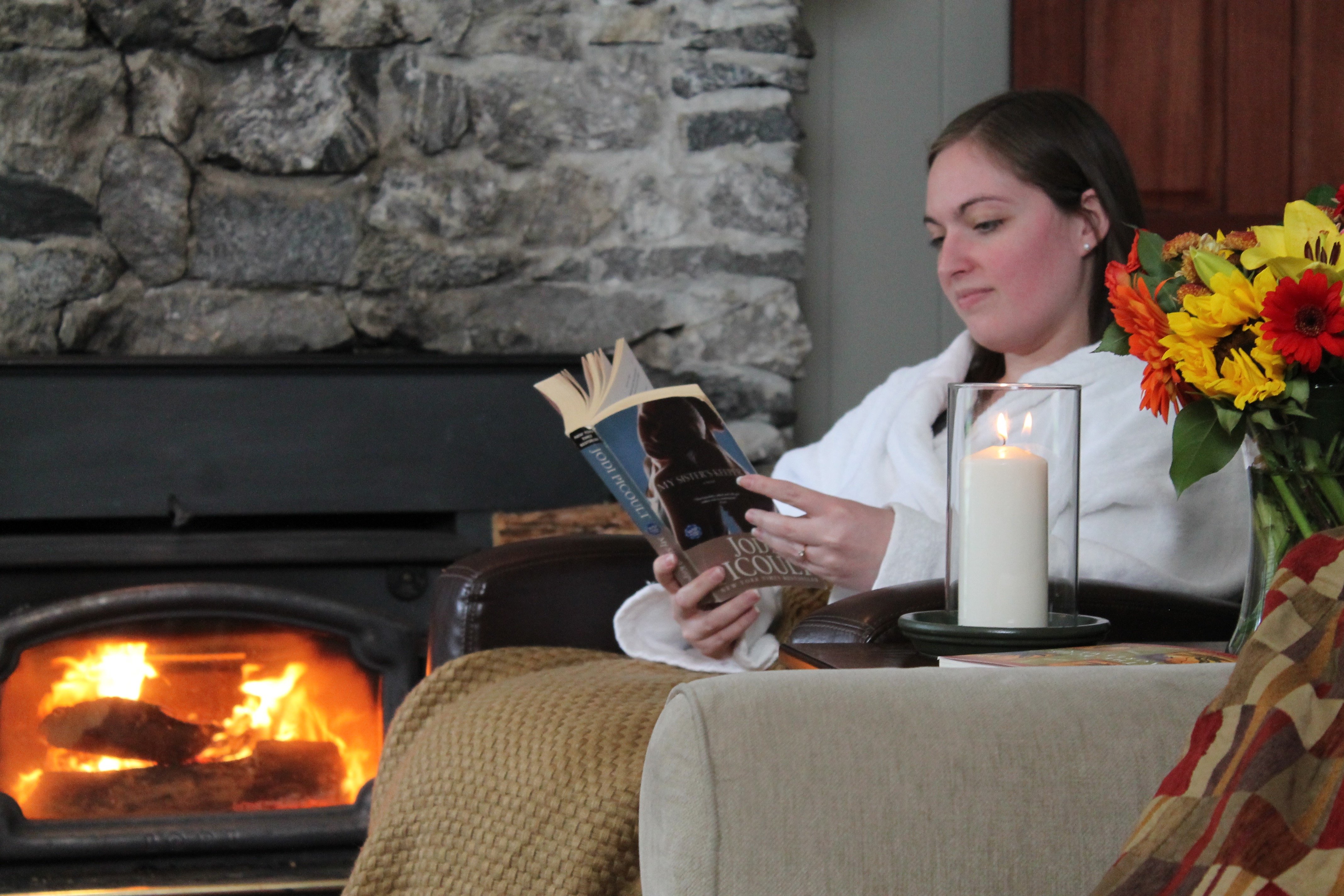.jpg?width=1000&name=o%20(1).jpg)
Many people feel overwhelmed by choosing the right place to go through rehab for addiction treatment. It is a big decision. There are so many things to consider - treatment approach, cost, and success rate, among others.
But what about the rehab environment? Meaning, the physical surroundings, the staff, the makeup of the participants? These things can easily be overlooked, yet are some of the most important factors in recovery.
Key Questions to Ask When Choosing a Rehab
We talk to lots of people all the time on how to think about choosing an addiction treatment rehab. We encourage folks to always consider 3 core questions to help inform their decision:
- What’s the treatment approach?
- What is the rehab cost? More importantly, is it a good value?
- Which centers have the best success rate?
Once these questions are addressed and researched, we recommend a 4th key question - what's it like to be there? Is this a place - physical and non-physical - that is conducive to my healing?
We recommend a 4th key question - what's it like to be there?
Based on our experience, this is just as important as the others. Putting ourselves in the best situation possible maximizes our likelihood of success.
Why is Environment Important for Addiction Rehab?
We believe recovering from substance abuse isn't just about the substances.
Good, medically-supervised detox can cleanse the body of drugs or alcohol in less than a week.
Once you're past that, it's about the depression, anxiety, self-loathing, hopelessness, trauma, loss, and despair that underlie the addictive behaviors. Because these underlying core issues are often repressed or subconscious, the rehab environment should be conducive to self-discovery and focused introspection.
Healing involves exposing secrets, abuses, and trauma so they can be stripped of their power.
The problem is, if you don’t feel safe, it’s hard to be vulnerable enough to discover these underlying emotional issues. In judgmental, clinical, or oppressive environments, it’s natural to close yourself off and do just enough to get out quickly without doing the healing work.
Physical settings with too many distractions also disrupt healing.
Some residential rehab centers mix addiction recovery work with recreational activities, which can pull the focus away from therapeutic work. Your rehab co-participants can be a distraction as well. Most residential rehabs admit and release participants every day, which can be a barrier to establishing group continuity and rapport in group therapy.
Additionally, many addiction treatment programs don’t do any screening, which means not everyone is serious about recovery. This can result in the less obvious but very real possibility that there just may be some individuals who are disruptive, angry, aggressive and simply do not want to be in rehab.
This type of distraction and dynamic can make rehab very uncomfortable at best and a huge waste of time and money at worst. And all these distractions can keep you from the one goal of rehab—real recovery from addiction.
What Types of Rehabs Are There?
Addiction treatment centers generally fall into one of two categories: Institutional and Luxury. Many people go to these rehabs hoping for great results, but soon discover challenges along the way.
Institutional rehabs offer very basic, hospital-like facilities and are less private. More importantly, to keep costs in line with insurance coverages, they tend to skimp on individual counseling and evidence-based therapies.
 On the other hand, luxury programs, are plush and can offer more individual attention, but a great portion of their steep fees go to provide spa-like amenities and activities can distract you from the hard work needed to heal.
On the other hand, luxury programs, are plush and can offer more individual attention, but a great portion of their steep fees go to provide spa-like amenities and activities can distract you from the hard work needed to heal.
Many Malibu rehabs - such as Promises, Passages Malibu, and Cliffside Malibu - are examples of the luxury rehab segment.
Fortunately, there is a third option: the retreat rehab.
4 Reasons Choose a Retreat Addiction Rehab
- Retreat Rehabs Minimize Distractions
A retreat environment is usually situated outside the city on scenic grounds.
It’s beautiful and tranquil, and there’s a sense of being connected to your environment and away from the hustle and bustle of everyday life. The environment is conducive to meditation and reflection, which are vital to the success of doing emotional, mental, and spiritual level healing work.
Participants are encouraged to use the serene location to reflect on therapy, instead of being distracted from it. You’ll be laser-focused on healing and recovery, and implementing tools for success.
Retreat-style rehabs tend to prioritize privacy, homey comfort, individual attention, and healthy meals while skipping the spa features and planned recreational activities.
But that doesn’t mean there’s no downtime or enjoyment. Instead of horseback riding, kayaking, or paddleboard yoga, you might enjoy a hike or hot cocoa in a cozy spot.
- Retreat Rehabs Take a Holistic Approach
Another key factor in the rehab environment is the treatment and therapeutic approach. Many retreat rehabs like The Clearing offer a holistic healing approach.
That’s because recovering from substance abuse requires healing on multiple levels: physical, mental, emotional, and spiritual. Holistic healing addresses recovery at each of these levels.
First, you have to heal the body from physical dependency and build tools to create new habits. It’s common for residential rehab programs to solely focus on the physical aspects of addiction.
These programs often deliver short-term results but fail to deliver long-term success.
Holistic programs empower participants to address damaging thought patterns, overcome feelings of guilt and shame, and examine the spiritual realities of life. When recovery is addressed on all these levels, participants are equipped with tools to help them:
● Address thought patterns that fuel addiction;
● Overcome anxiety and depression by healing the underlying core mental and emotional issues; and
● Experience a connection to a consciousness beyond what can be seen.
For the best long-term results, look for a program designed to bring healing to the whole person: physical, mental, emotional, and spiritual. - Retreat Rehabs Are Results-Focused
Perhaps the most important success factor for any program is that participants are recognized, cared for, seen, and heard. This can be a challenge because, at the end of the day, addiction treatment centers are businesses, not all of which put people before profits.
Most larger institutional rehabs don’t screen applicants, so residents are not equally committed to recovery. This is important when you think about the attitude of the person sitting next to you in group sessions. Will they be optimistic about recovery or jaded and cynical? Will they be interested in your success or not care who you are? Are they trying to get better or just stay out of jail?
Since participants in retreat programs tend to be more serious and mature, some of your best memories and most profound healing will be experienced alongside new friends, transforming lives together.
Another factor to consider is prescription drugs. While every center will administer a resident’s meds, some are quick to lean on medications instead of therapeutic approaches to emotional health. This approach may achieve short-term results but fails to address the underlying issues that are causing the addiction. - The Cohort Model Facilitates Success and Healing
It’s hard to open up about deep sensitive issues when you don’t have a rapport with others in the room. The Clearing does something very unique: we run our program in sessions.
Participants start together, eat meals together, grow and heal together, and graduate together. We call it the cohort model, and it’s a profoundly effective healing model.
Going through rehab with a small cohort means minimal distractions and disruptions. It lends itself to holistic healing through group and individual therapy that is progressive and revealing. Participants learn from one another and grow together.
The people sitting next to you in rehab will impact your results. That’s why it’s a good idea to find a center that screens their residents and offers structured holistic therapies.
These extra steps ensure the environment puts participants’ healing first and maximizes results..jpg?width=3550&name=IMG_8626%20(cohort).jpg)
So why don’t more residential rehabs operate this way?
Because it’s a terrible business model!
Financially speaking, it’s much easier for treatment centers to fill beds with revolving enrollment.
It is much more challenging to run at capacity with only one start date option per month. But it’s worth it. The cohort approach creates a sense of connection and community that you simply can’t find anywhere else.
What Does Residential Rehab look like at The Clearing?
The Clearing is a retreat-style residential rehab in every sense of the word. Located on beautiful San Juan Island in Washington, The Clearing is a dual diagnosis, non-12 step residential rehab focused on a holistic approach to healing the underlying issues that cause addiction.

You and your loved ones deserve the best chance at a successful recovery.
We understand how overwhelming it can be to find the right environment and programs to overcome substance abuse. We help people find inner healing so they can enjoy healthy lives free from addiction.
To learn more about joining an upcoming session, [click here].
If you or someone you know is in need of treatment, [schedule a consultation] with a recovery specialist today.



